What about selecting knit fabrics? How do you know what you need? Just picking something cute or the right color isn't all it takes - you need to know if the type of fabric is suited to what you're sewing. Sometimes it's confusing, but if you know what to look for, you'll pick the perfect fabric to fit your project. Just use my Know Your Knits: Basic Fabric Guide below. It's part of my summer Sewing With Knits Series to take the mystery out of working with knit fabrics.
Hands up if you've ever bought fabric purely because you loved the print or color and then been surprised because...
- It had way less stretch than expected
- It ended up being thinner/more see through than it looked online
- It wasn't well suited to the project and didn't shape well
- Type of Fabric
- Fabric Weight
- Stretch Direction & Percentage
Here's my basic guide to take the guesswork out for great results.
Jersey - this is a lightweight knit. Usually available in cotton, polyester or bamboo (aka rayon). The synthetic versions tends to have a more fluid, slightly slinky feel. Typically jersey has a two-way stretch if it's 100% cotton, but any type that has some spandex in it can be four-way stretch.
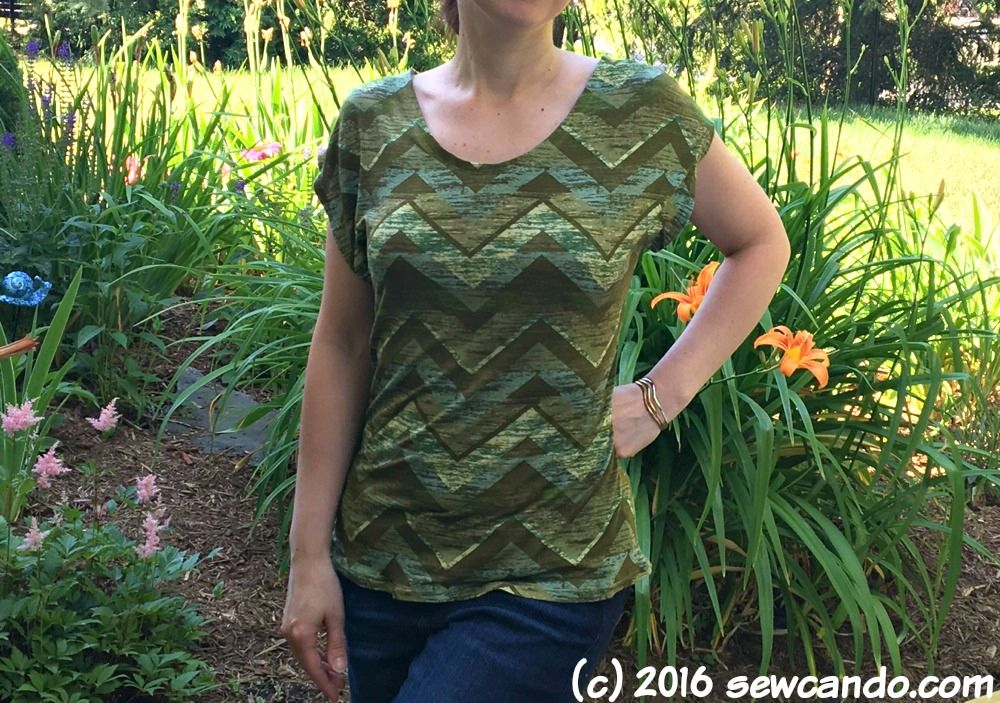 |
| Free Pattern Find: Blank T-Shirt Pattern HERE |
Best uses: Tops, dresses, baby & kid's clothes, scarves and, if four-way stretch, leggings & headbands.
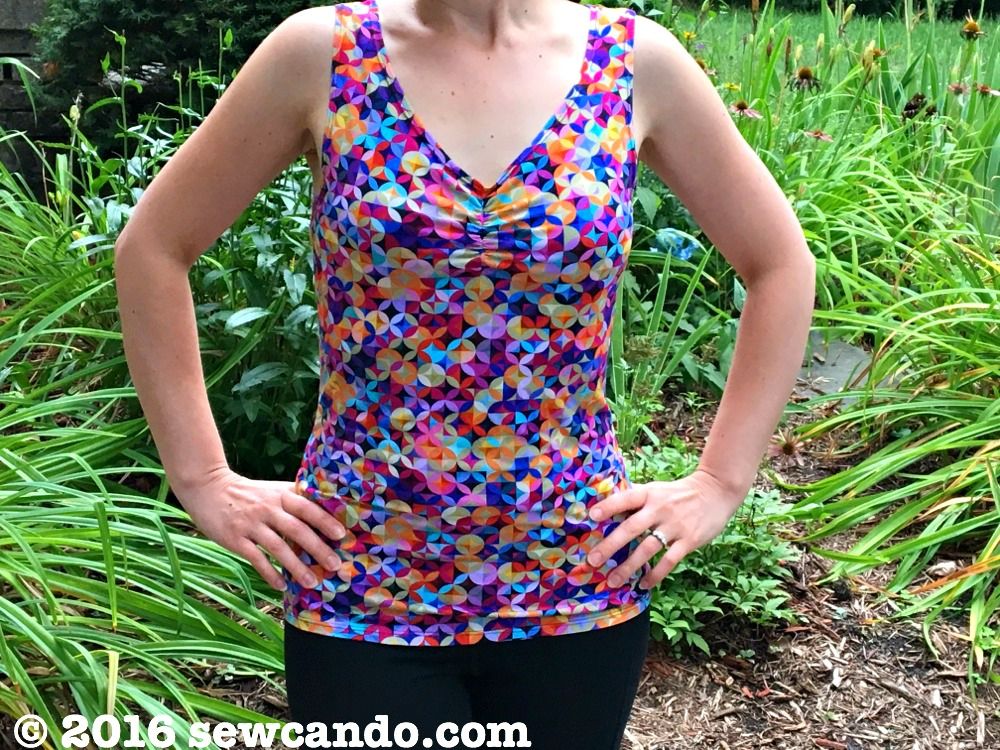 |
| Simplicity 3640 Tank Top HERE |
Interlock - this is a medium weight cotton knit. Typically a two way-stretch.
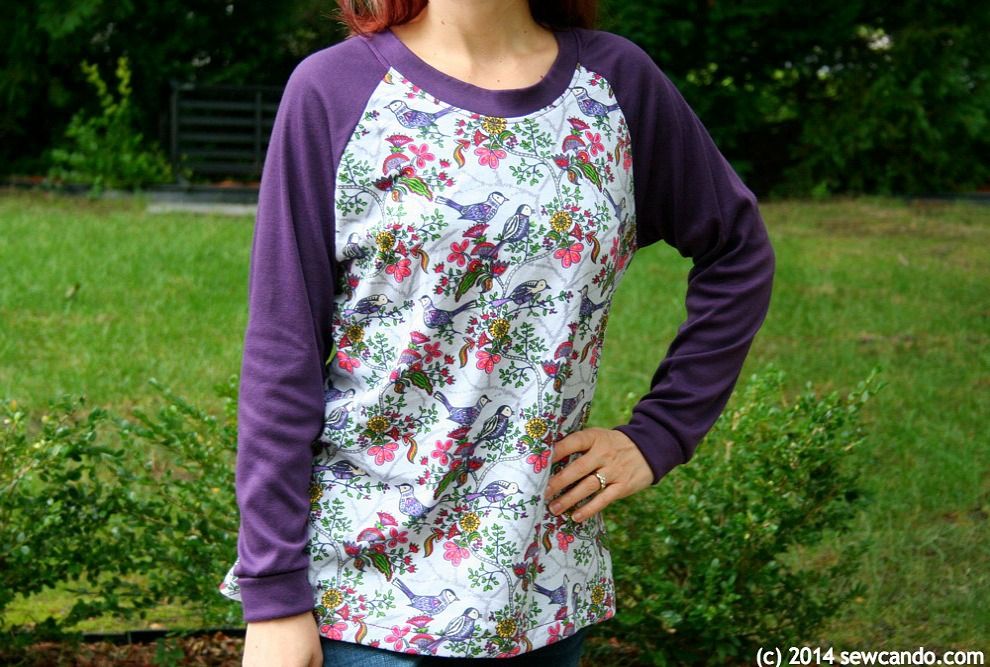 |
| Ringer Tee from Raglan Top HERE |
Best uses: baby clothes, loungewear, pajamas, kid's underwear, looser tops.
 |
| Lettuce edge Provincial Top HERE |
Cotton Lycra/Cotton Spandex - this is a medium weight knit. Usually offers a 4 way stretch.
Best uses: LOADS! By far, the most versatile of knits. Stretchy tops, dresses, leggings, headbands, soft toys, baby & kid's clothing of all kinds. Maximum use options.
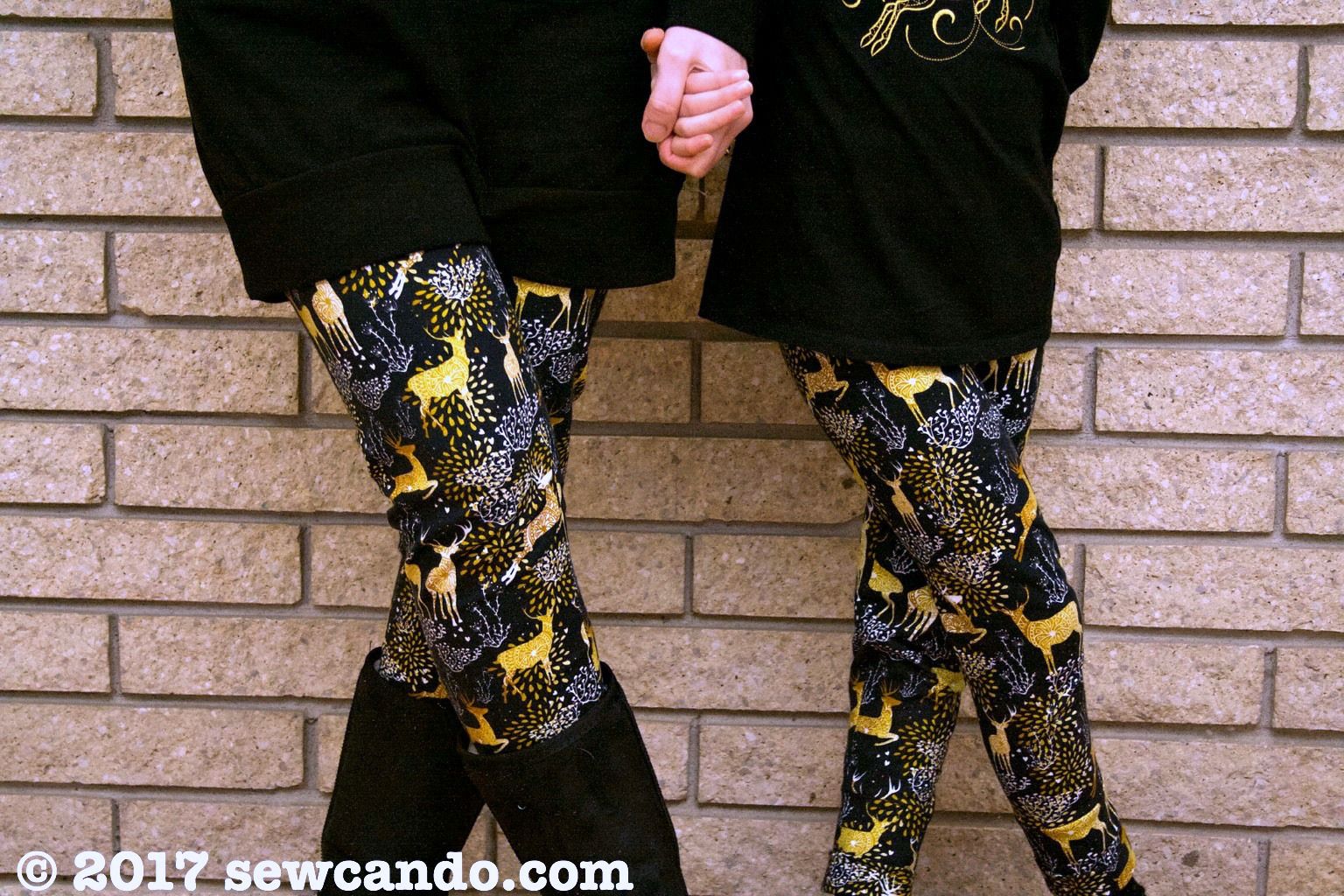 |
| Free Pattern Find: Girl's Leggings HERE |
Is there anything it can't do? Don't think so!
 |
| My Comfy, Casual Top Tutorial HERE |
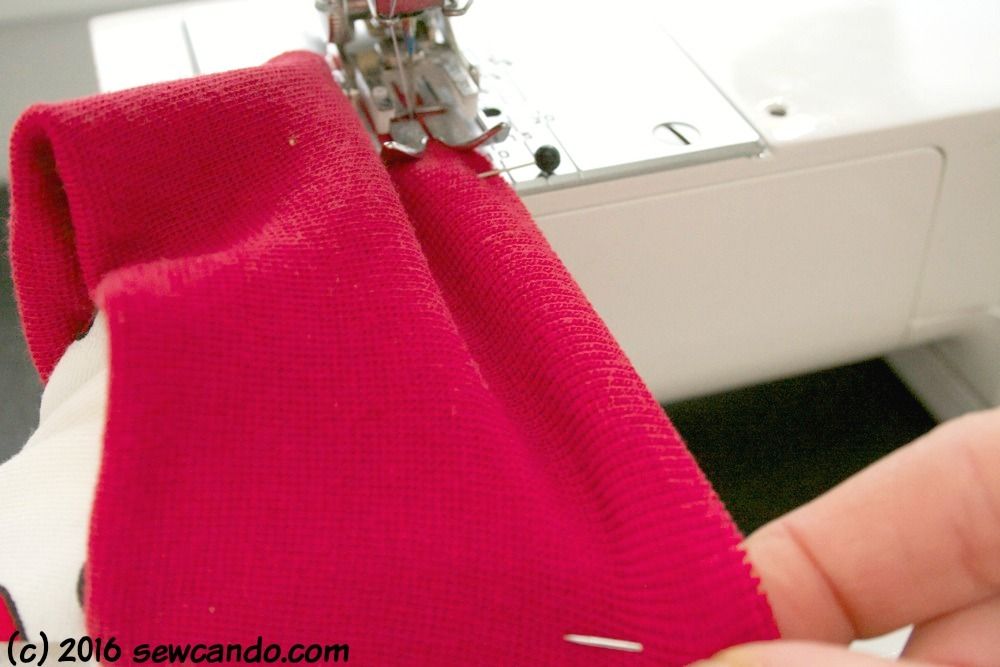 |
| Make Your Own Knit Nightgown Tutorial HERE |
Best uses - as banding and cuffs for sleeves and ankles. Also works well to bind blankets and on its own for leggings and tops.
 |
| My Banana Dress Pattern Hack HERE |
Sweatshirt Knit - this is a medium to heavy weight knit with a fleece-y wrong side. Usually available in cotton, cotton/polyester blend. Stretch can vary so knowing if it's two way or four way is important.
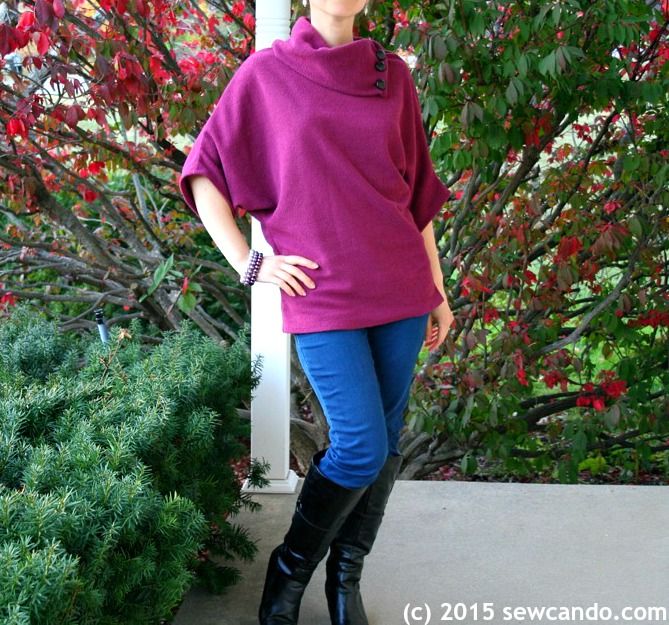 |
| Dolman Sweater Pattern HERE |
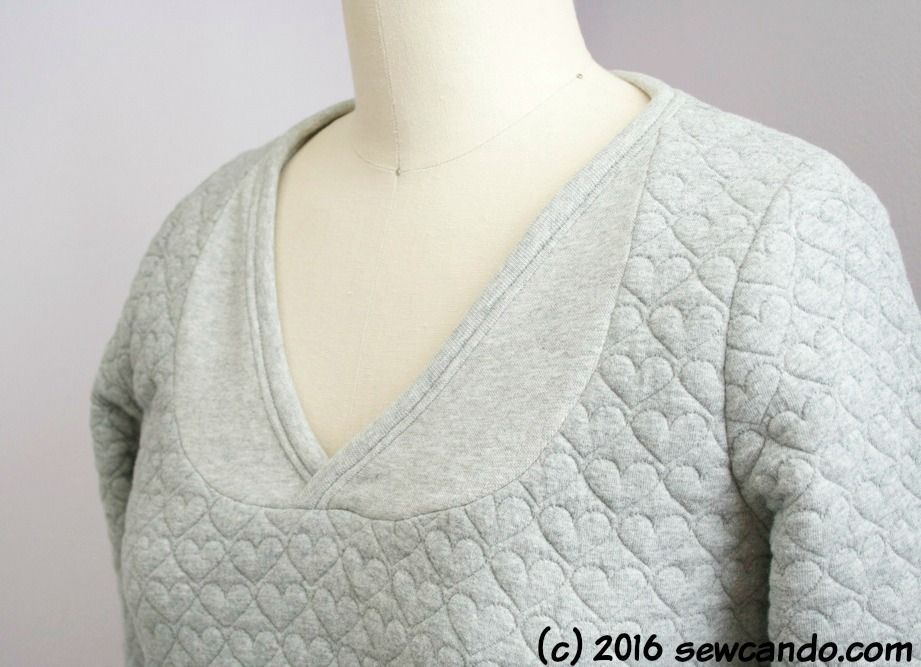 |
| Quilted sweatshirt top HERE |
Best uses - loungewear, blankets, loose tops, elastic waisted pants.
Sweater Knit - yarn knitted heavy weight fabric, often with a bonded fleece-y wrong side. Two way stretch.
Best uses - hats, scarves, mittens, one layer throws or blankets. Good for tops & dresses:
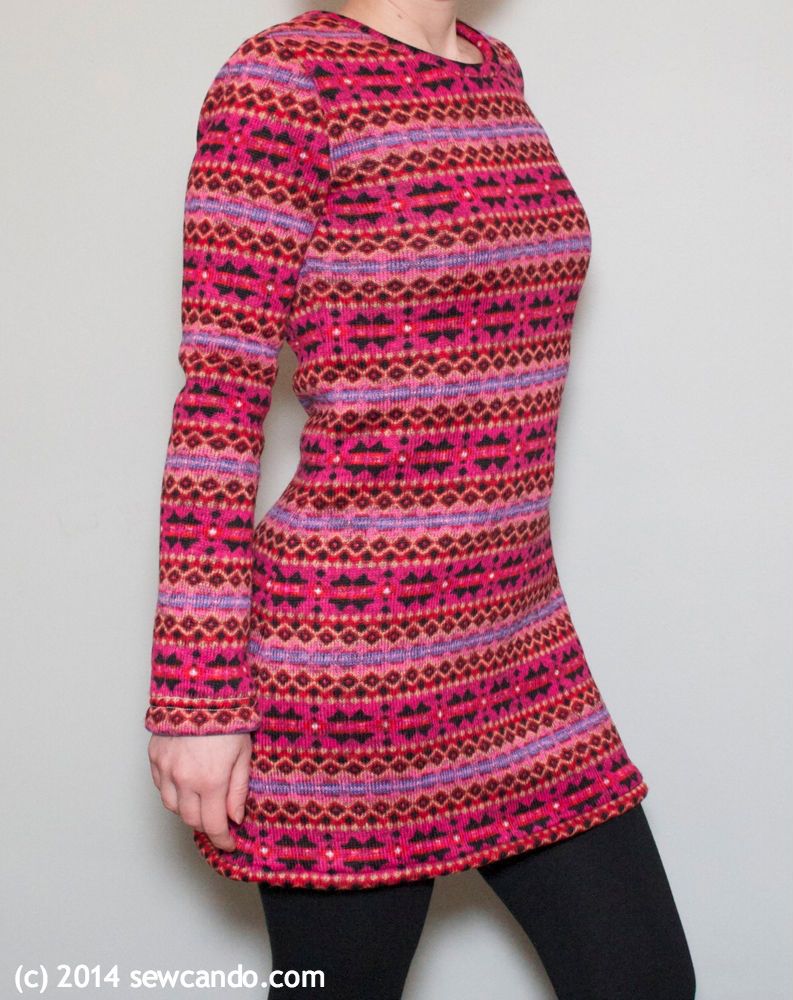 |
| My version of Cynthia Rowley Simplicity 2054 HERE |
 |
| My version of McCalls 6996 HERE |
Velour - knitted with a velvety right side. Medium weight. Thick soft pile with a bit of sheen to it. Has a definite direction for the pile (aka nap). Can be either two-way or four-way stretch.
 |
| My Merida Brave costume tutorial HERE |
Best uses - baby & kid's clothes, blankets, leggings, tops, soft toys.
Minky/Cuddle - Medium to heavy weight with a plush hand. Has a definite direction for the pile. Is usually two-way stretch.
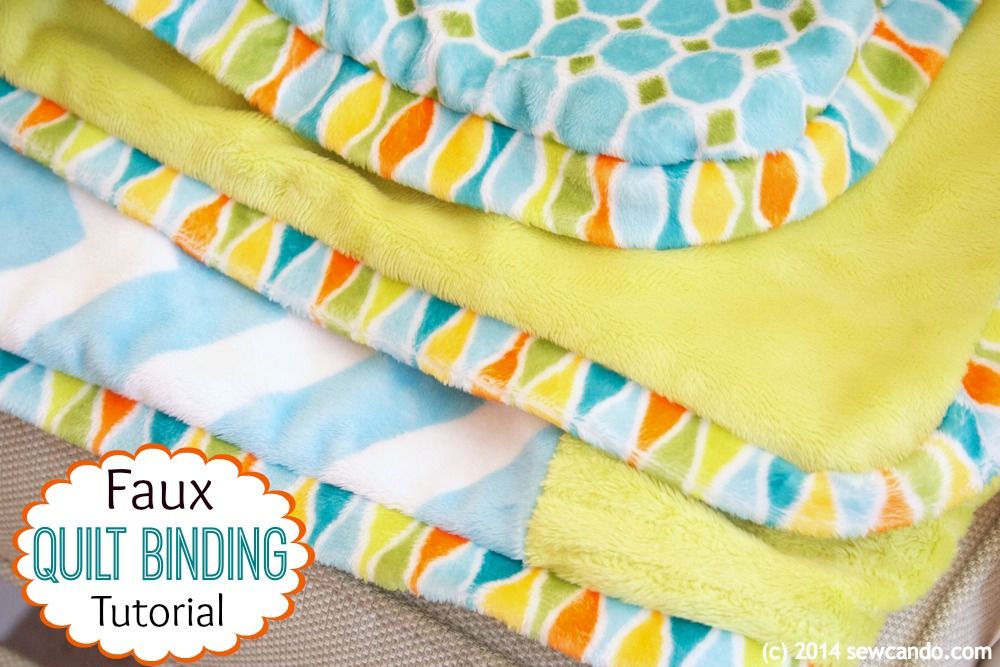 |
| My Faux Quilt Binding Tutorial HERE |
Also works for soft furnishings like my Choose Your Flair Custom Chair tutorial:
and my Cuddle Turtle Footstool Tutorial:
Thermal - waffle texture knit fabric (think old school long johns). Can range from light to medium weight.
Best uses - Tops, baby blankets, loungewear, underwear.
 |
| My DIY underwear tutorial HERE |
Spandex/Swimsuit - synthetic medium weight knit with a sheen (slight shine). Mainly a four-way stretch.
Best uses - sportswear, dance wear, swimwear, leggings
 |
| My DIY Rash Guard/Sunsuit HERE |
Fabric weight is also really important. There's nothing worse than ordering a fun knit print to make a top and then realizing it's totally see through or papery thin despite it's seasonal colors or print. Or on the opposite end, it's so heavy there's no way it'll work for that formfitting headband or legging pattern.
What's GSM? While some descriptions give weight in ounces, often you'll see a number and the letters GSM for fabric weight. It means grams per square meter. Since a lot of knits come from outside the US (like Asia & Europe), this is pretty common. It's easy to convert:
GSM/33.906 = Weight in Ounces
Ounces x 33.906 = GSM
Knowing the weight in ounces or GSM is MUCH more helpful when selecting knits than a shop's personal interpretation of light/medium/heavyweight. One shop's "medium weight" can be another's "light weight" and be the exact same fabric.
Light weight: 1-150GSM or 1-4.5oz*
Medium weight: 150-350GSM or 4.5-11oz
Heavy weight: 350+GSM or 11oz+
*If a fabric falls in the light weight category, be prepared that it will probably have some transparency if it's light in color.
Figuring Out Stretch:
Stretch Direction: Most patterns using knit fabrics will tell you the minimum amount of stretch required. Knit fabric descriptions should always provide the percent of stretch and if it is two-way or four-way stretch.
Two-way stretch means it will stretch out from selvage to selvage (lengthwise) only. Four-way stretch means it will stretch both lengthwise and crosswise. Four way tends to give more usage options and, if the print is non-directional, means you can lay the pattern pieces sideways if needed, which can be a real plus.
Stretch Percentage: this means the width of your fabric when stretched to its maximum.
For example, if you measure a 6 inch piece:
and it stretches to 9 inches, you divide by the width of your fabric when un-stretched (minus 1). So 9 divided by 6 is 1.5, then subtract 1. This equals .5 which is 50%. The stretch percentage is 50%.
The higher the percentage, the stretchier the fabric and the more comfortable and the more "recovery" it has, which means how well it will snap back in shape after stretched out. A fabric with 20% stretch might be ok for a loose top, but not work well for skintight leggings. Use a fabric with less stretch and not only will it not fit, but it will also look stretched out and saggy after wearing. Not a good look. If a listing doesn't give the % of stretch, contact the shop before buying to find out. It's not worth guessing on!
There are tons of patterns and how-to's for countless knit fabric clothing so there's no better time to start sewing them yourself. I've even got my tried and true tips for Sewing Knits on a Sewing Machine too:
I'm not a fabric expert, but as you can see from the ton of knit sewing photos above, I've had a good amount of trial & error experience with knits of all sorts. I'm glad to share what I've learned if it'll save someone else some frustration!
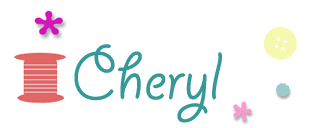


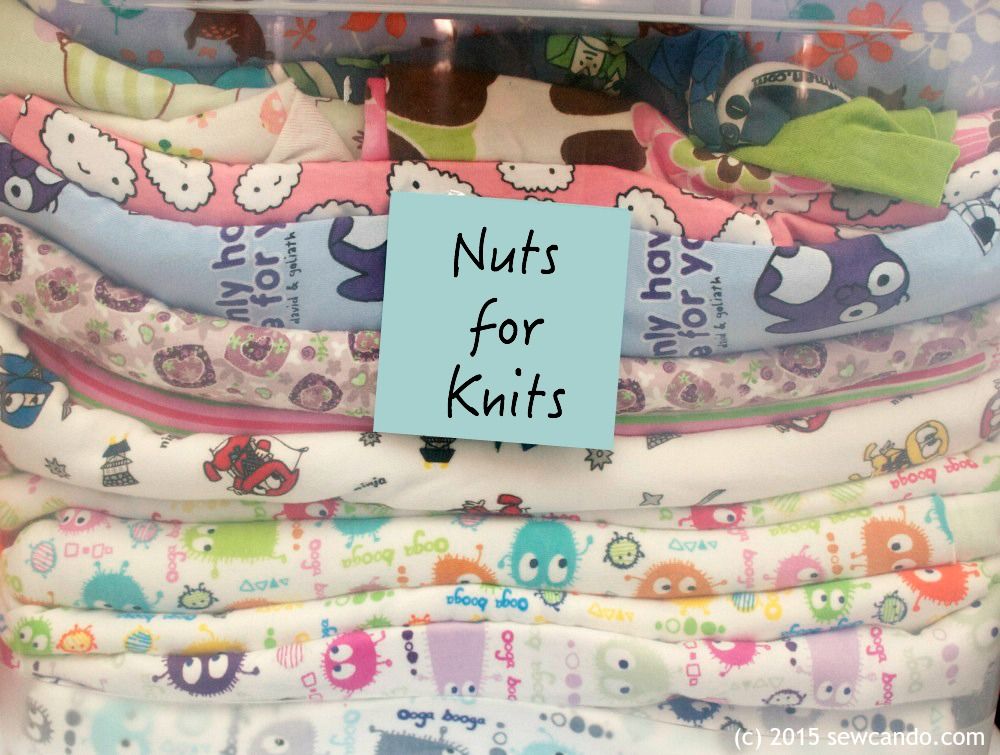

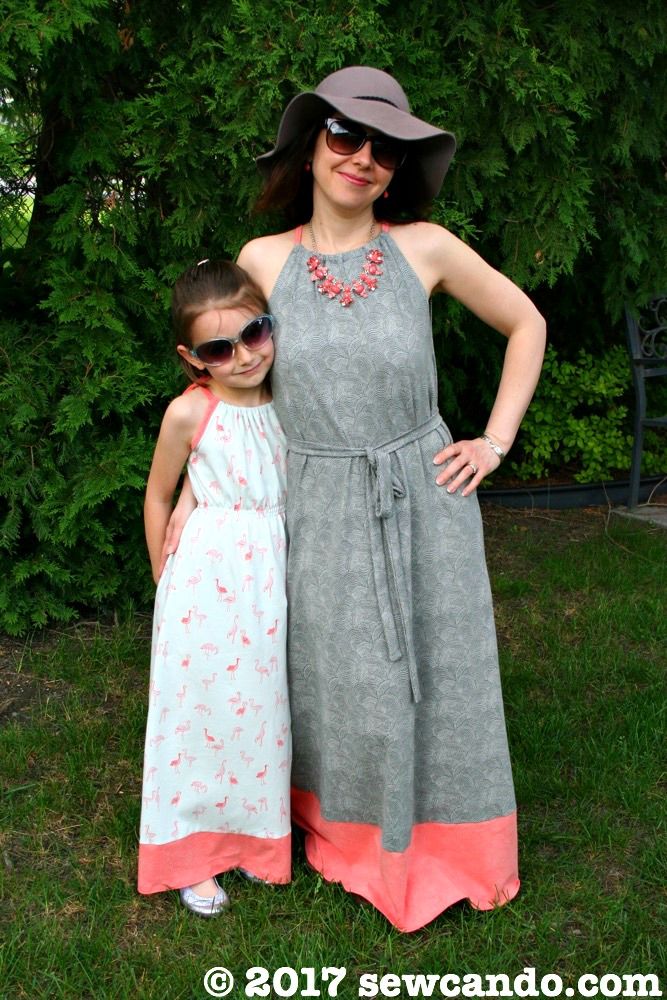

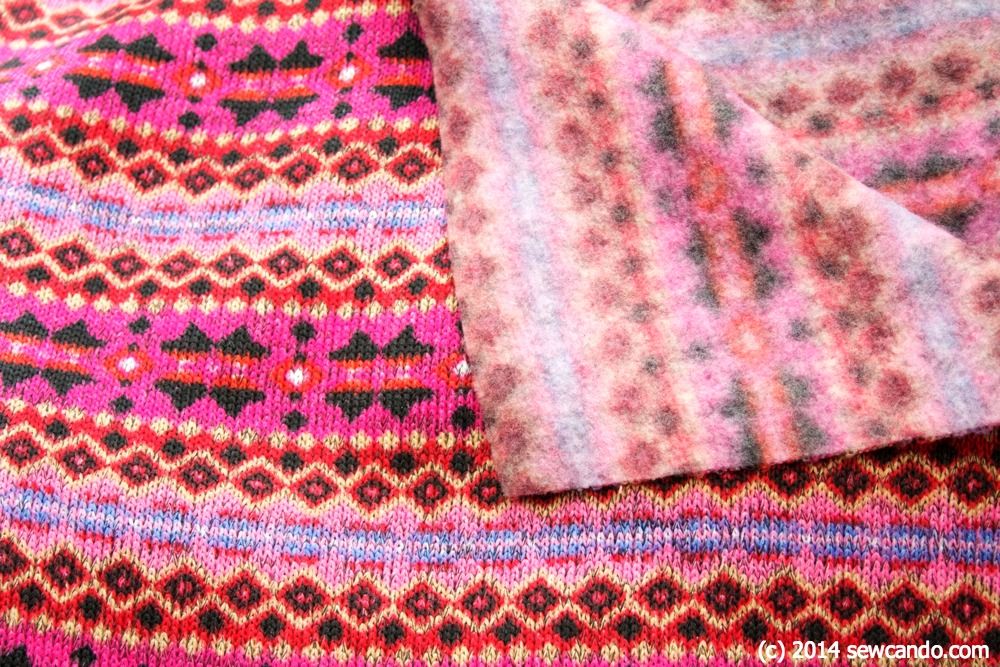

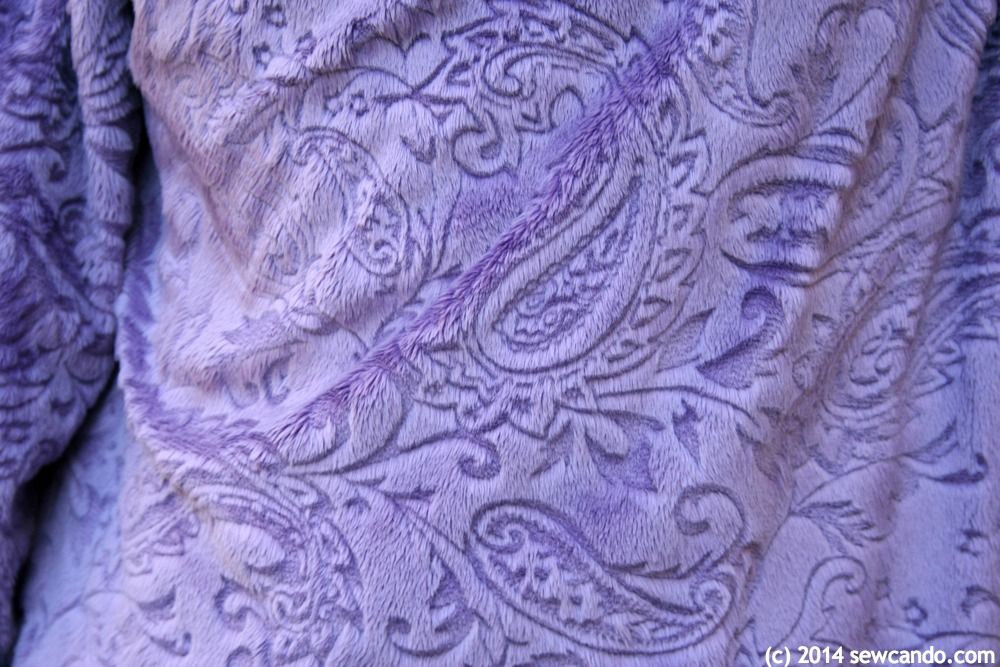

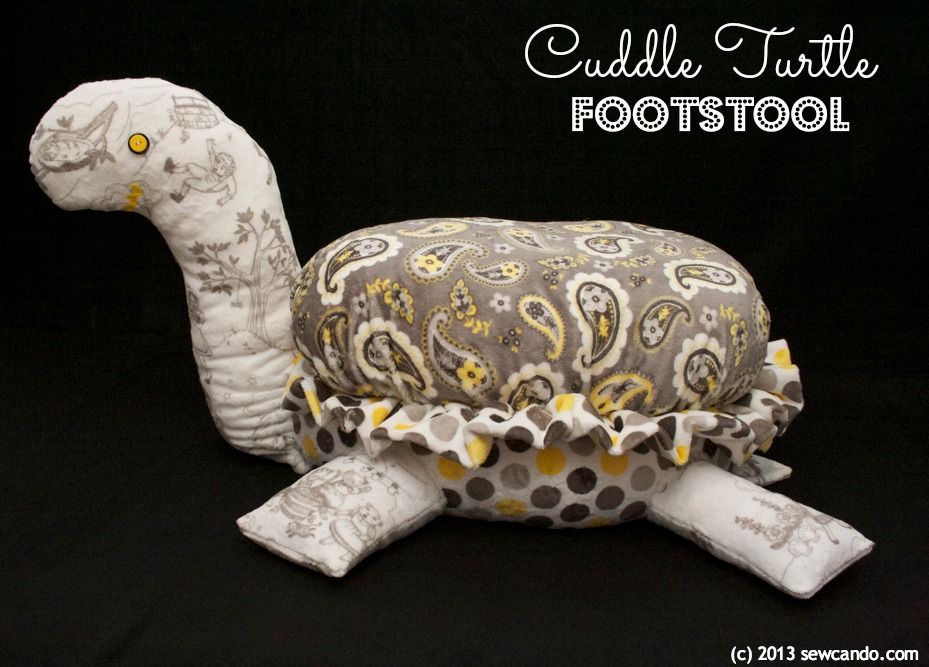

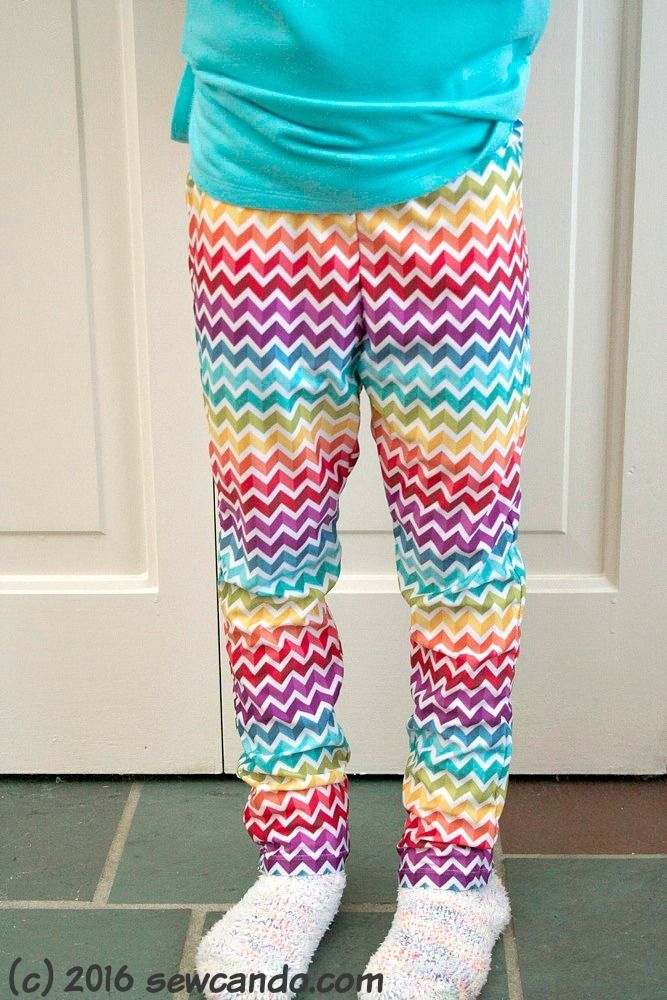

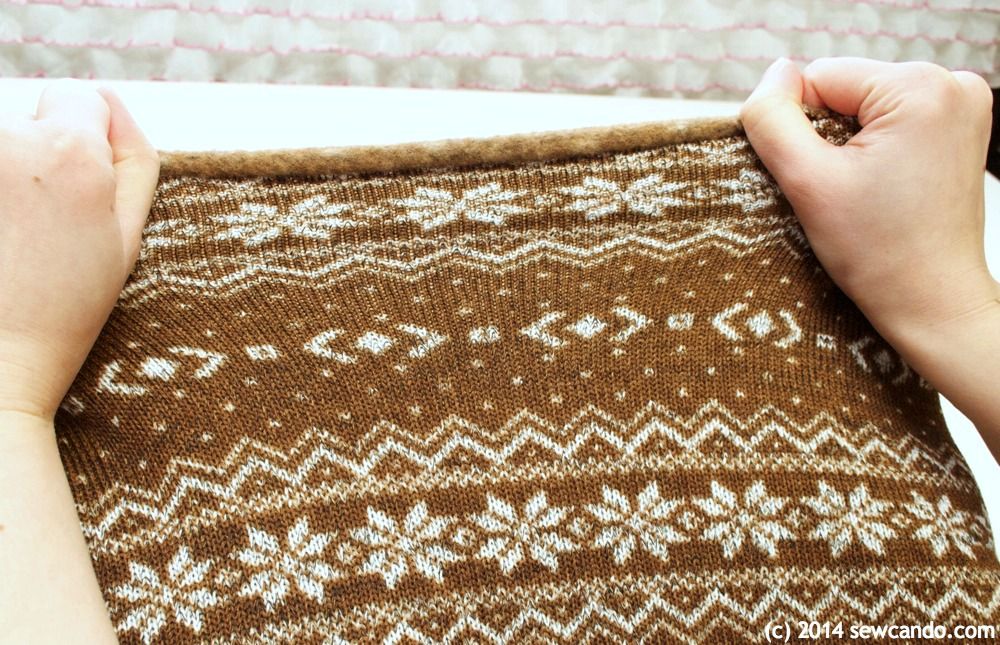
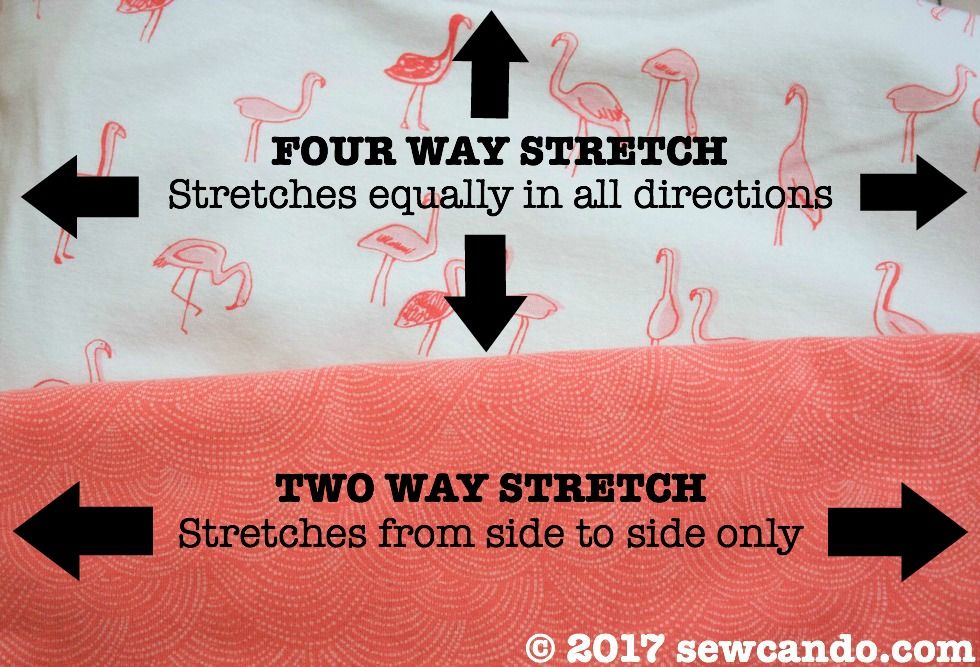
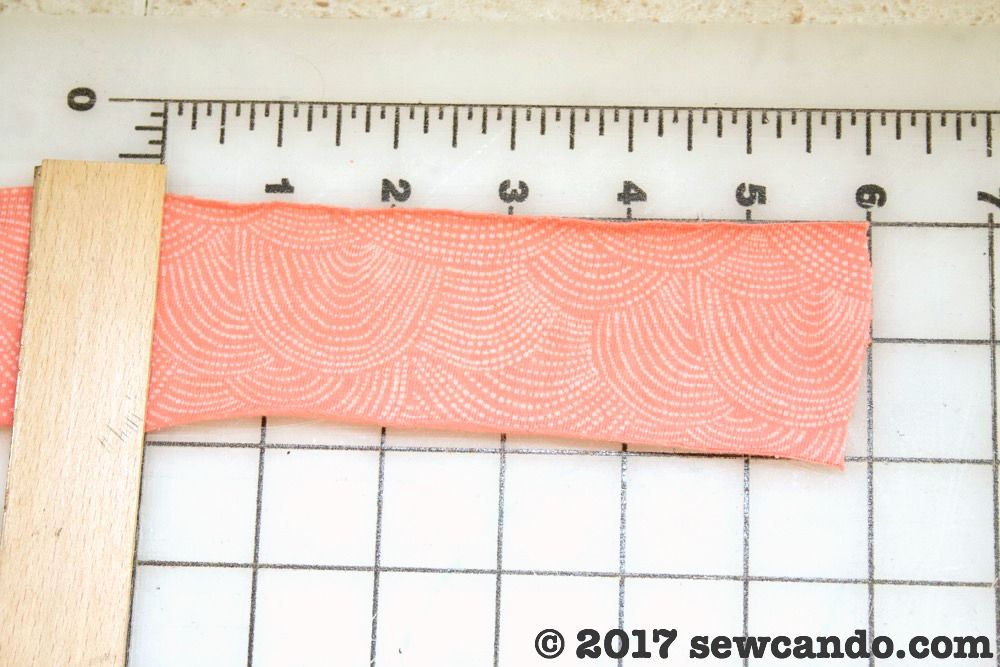
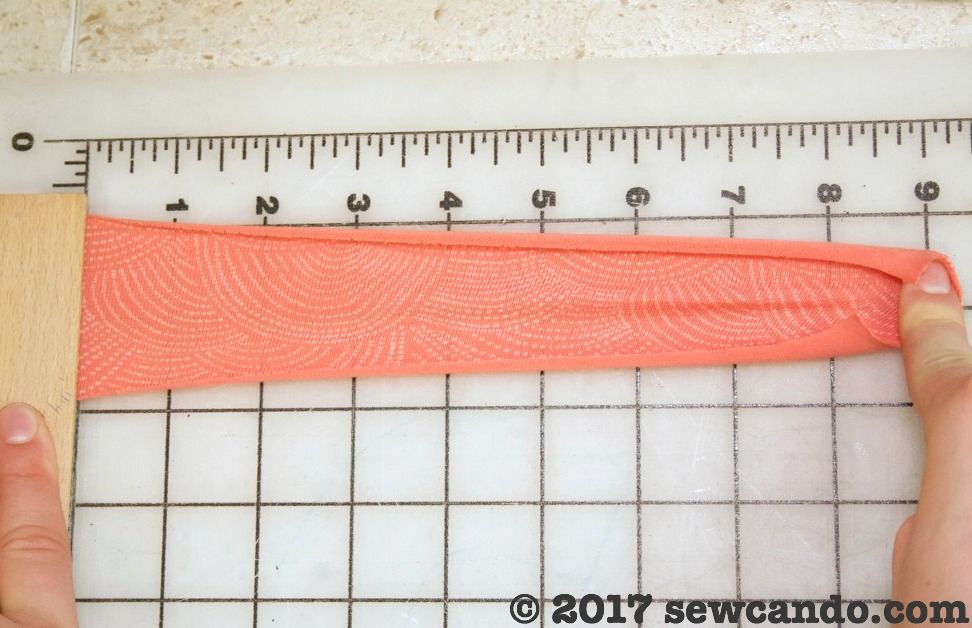

Thank you. This is helpful. I bought what was supposed to be 100% cotton knit online, but turned out to feel quite rubbery and smelled unlike cotton and was much lighter and thinner than I thought it would be. So made a pair of pajamas for myself, instead. Now I try to have a Plan B for every fabric I buy online, in case it turns out to be unsuitable for the original dream. Wish my local fabric store had a better selection of knits. Art Gallery cotton/spandex knits are my favorites, so soft and dense.
ReplyDeleteI hear you Catherine. Many's the time I've had the same situations and also wish quality knits were more available locally. My next post is this Sewing with Knits series will be about where to buy good knits - there are a number of good sources not easily found, so I hope that will help make it easier to find the right thing on the first try every time!
DeleteFantastic informations!! Thanks bunches
ReplyDelete